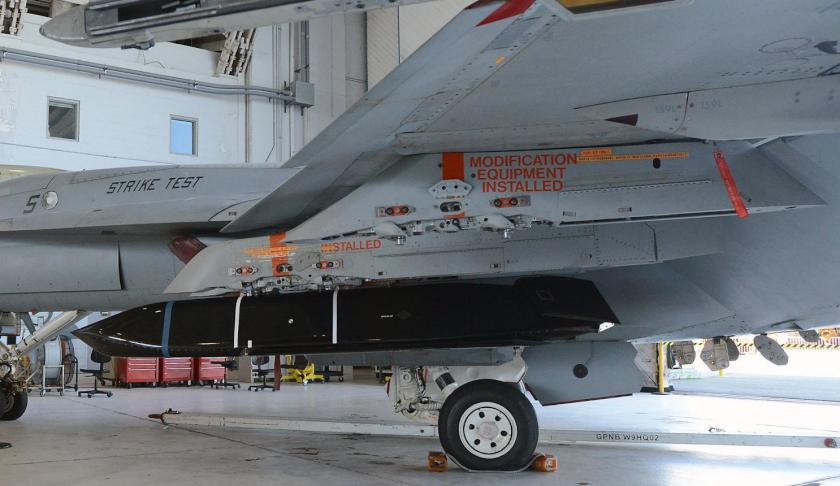The US Navy and US Air Force have awarded Lockheed Martin a US$172 million contract to produce the second lot of the Long-Range Anti-Ship Missile (LRASM).
To continue reading the rest of this article, please log in.
Create free account to get unlimited news articles and more!
The contract continues the production for the air-launched variant of LRASM, including a full production run of missiles and engineering support. This is the second of several expected annual production lots that will deliver next-generation anti-ship missiles to the US Navy and US Air Force.
LRASM is a long range, precision-guided anti-ship missile leveraging off its Joint Air-to-Surface Standoff Missile - Extended Range (JASSM-ER) heritage, and is designed to meet the needs of US Navy and Air Force warfighters.
Armed with a penetrator and blast fragmentation warhead, LRASM employs precision routing and guidance, day or night in all weather conditions. The missile employs a multi-modal sensor suite, weapon data link and enhanced digital anti-jam global positioning system to detect and destroy specific targets within a group of numerous ships at sea.
"LRASM brings a game-changing capability to both the US Air Force and the Navy,” said David Helsel, LRASM director at Lockheed Martin missiles and fire control.
LRASM is designed to detect and destroy specific targets within groups of ships by employing advanced technologies that reduce dependence on intelligence, surveillance and reconnaissance (ISR) platforms, network links and GPS navigation in electronic warfare environments.
The LRASM platform will play a significant role in ensuring military access to operate in open ocean/blue waters, owing to its enhanced ability to discriminate and conduct tactical engagements from extended ranges.
"This second production lot will provide anti-ship missiles for both the B-1B and F/A-18E/F, bringing sea control back to our Warfighters," Helsel added.
LRASM is designed to meet the needs of US Navy and US Air Force warfighters in contested environments.
The air-launched variant provides an early operational capability for the US Navy’s offensive anti-surface warfare Increment I requirement. With the recent EOC declaration by the US Air Force for the B-1B, the focus is now on the US Navy’s F/A-18E/F Super Hornet in 2019.
Australia has expressed interest in the LRASM platform for integration with the RAAF's F/A-18E/F Super Hornets and F-35A Joint Strike Fighter fleets to enhance the stand-off, deterrence and strike capabilities of the platforms.
The 2016 Defence White Paper (DWP) and the Integrated Investment Plan (IIP) highlight the need for a new anti-ship, maritime strike missile for the RAAF fighter force.
The IIP states a requirement for "a series of new weapons will be acquired for the strike and air combat capability including air-to-surface and air-to-air munitions, with specific consideration of high-speed and long range strike and anti-ship weapons".
Sharing about 85 per cent commonality with the JASSM missiles, currently in service with the RAAF, the LRASM technology will reduce dependence on ISR platforms, network links and GPS navigation in aggressive electronic warfare environments.
This advanced guidance operation means the weapon can use gross target cueing data to find and destroy its pre-defined target in denied environments. The LRASM platform is also configurable and compatible with the Navy's Mk 41 vertical launch system (VLS) launcher, currently in service on board the Hobart Class guided missile destroyers, Anzac Class frigates and is expected to form the basis of the Hunter Class guided missile frigates' VLS capacity.
LRASM can be employed from guided missile destroyers and guided missile frigates with only software modifications to existing launch control systems.

 Login
Login







